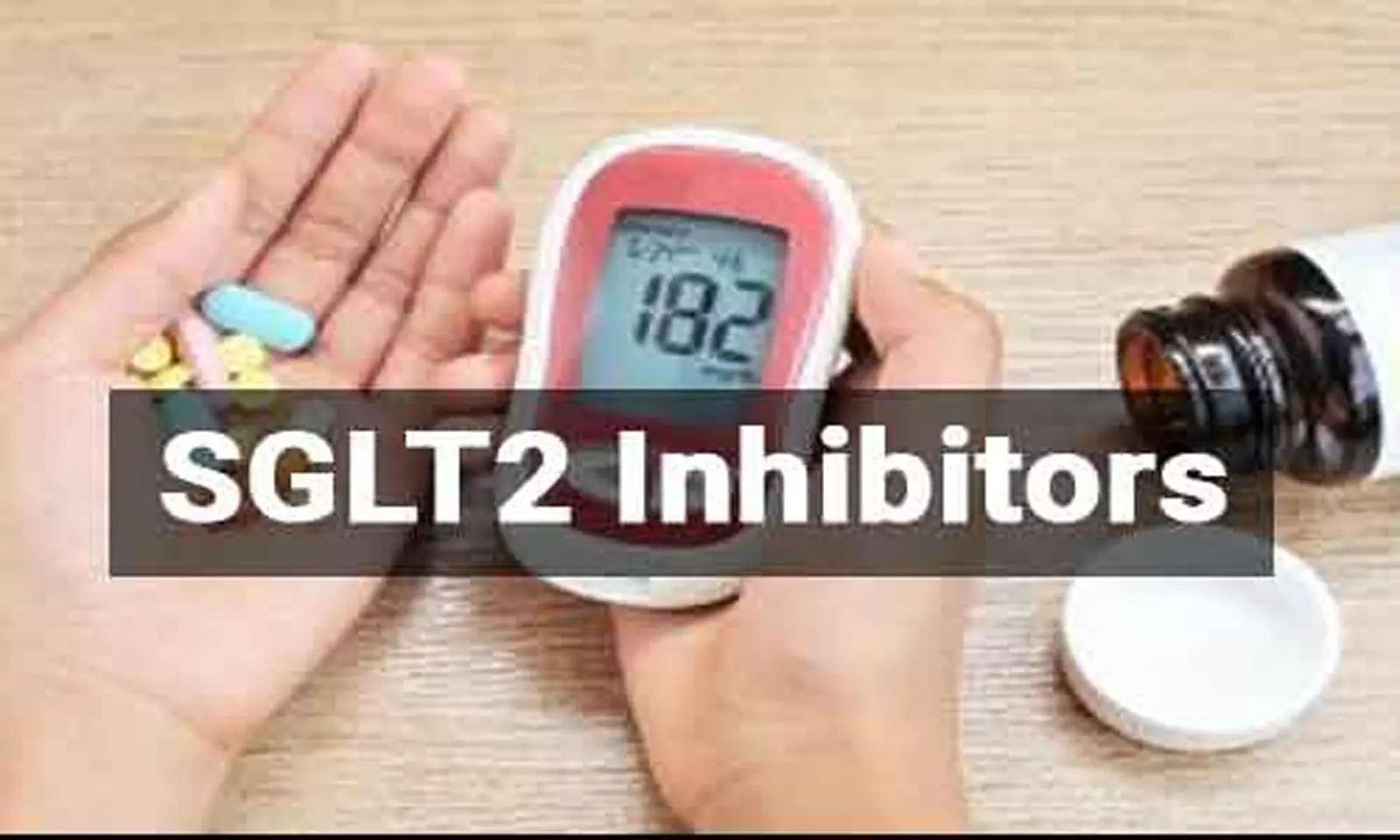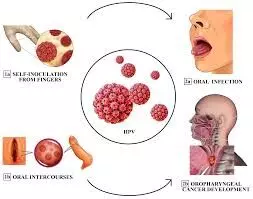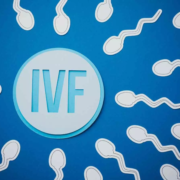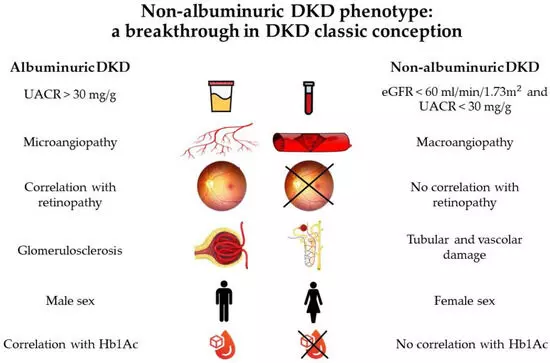SGLT-2 inhibitors effective in treating cirrhosis patients under diuretic therapy: JAMA

A new study published in the Journal of American Medical Association showed that the usage of sodium-glucose cotransporter 2 (SGLT-2) inhibitors was linked to a decreased risk of severe liver outcomes.
There are currently few effective treatment options available to lessen the consequences of cirrhosis. Inhibitors of sodium-glucose cotransporter 2 (SGLT-2), which are mostly used to treat diabetes and heart failure, may also have advantages for the liver. Thus, this study assessed the relationship between the usage of SGLT-2 inhibitors and the risk of severe liver events in cirrhosis patients on spironolactone and furosemide.
Data from more than 120 healthcare institutions on the TriNetX platform were used in this cohort research. Included were the adult cirrhosis patients treated with furosemide and spironolactone between January 2013 and July 2021. Using 1:1 propensity matching, patients taking SGLT-2 inhibitors in addition to furosemide and spironolactone were matched with a control group of patients receiving furosemide and spironolactone alone based on comorbidities, age, and demographics. The 3-year follow-up period for these patient ended on July 11, 2024.
A composite of significant liver outcomes, such as the incidence of ascites, hyponatremia, variceal development, or all-cause death, was the main outcome. The incidence of variceal hemorrhage, paracentesis, hepatic encephalopathy, spontaneous bacterial peritonitis, hypoglycemia, hepatorenal syndrome, hepatocellular cancer, and hospitalizations for all reasons were among the secondary outcomes. The Pearson χ2 test was used to compare categorical variables, while the independent-samples t test was used to analyze continuous variables.
SGLT-2 inhibitor-treated patients exhibited a lower incidence of major liver events than control patients among 10 660 propensity-matched individuals (mean [SD] age, 63.8 [10.7] years; 57.8% male) (hazard ratio [HR], 0.68 [95% CI, 0.66-0.71]; P <.001).
Hepatorenal syndrome (HR, 0.47 [95% CI, 0.40-0.56]), paracentesis (HR, 0.54 [95% CI, 0.50-0.60]), spontaneous bacterial peritonitis (HR, 0.55 [95% CI, 0.46-0.65]), hypoglycemia (HR, 0.75 [95% CI, 0.62-0.91]), variceal bleeding (HR, 0.79 [95% CI, 0.73-0.84]), and all-cause hospitalizations (HR, 0.67 [95% CI, 0.63-0.71]) were secondary outcomes that were linked to a lower risk among those taking SGLT-2 inhibitors.
Overall, cirrhosis patients may benefit from SGLT-2 inhibitors in relation to their liver. To further assess their safety and effectiveness, prospective studies are required. Given that recurrent UTIs, euglycemic diabetic ketoacidosis, and changes in sodium levels after starting an SGLT-2 inhibitor are established side effects of this medication class, future research should explicitly look at these alterations.
Reference:
Abu-Hammour, M.-N., Abdel-Razeq, R., Vignarajah, A., Khedraki, R., Sims, O. T., Vigneswaramoorthy, N., & Chiang, D. J. (2025). Sodium-glucose cotransporter 2 inhibitors and serious liver events in patients with cirrhosis. JAMA Network Open, 8(6), e2518470. https://doi.org/10.1001/jamanetworkopen.2025.18470
Powered by WPeMatico



















